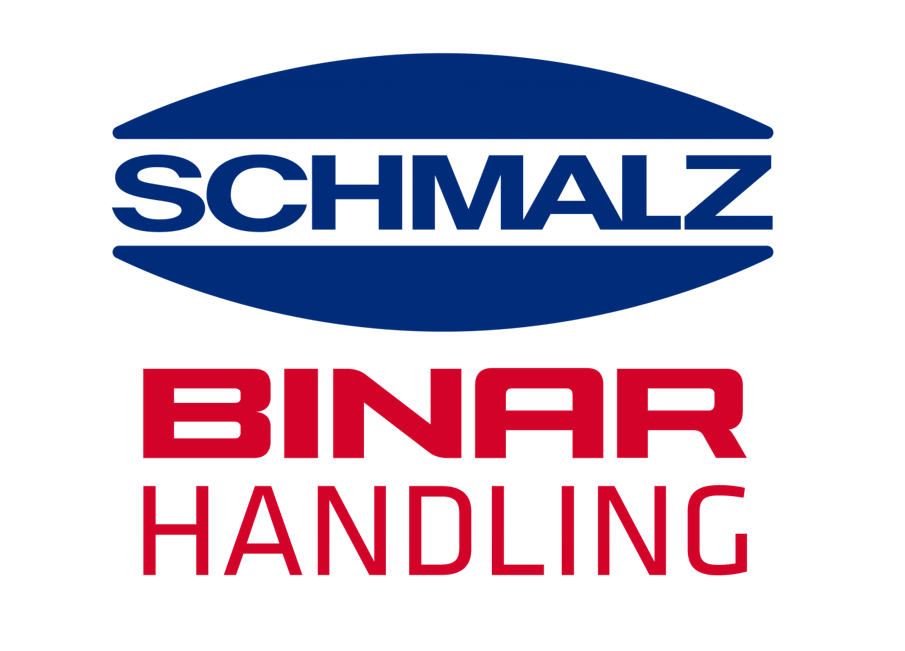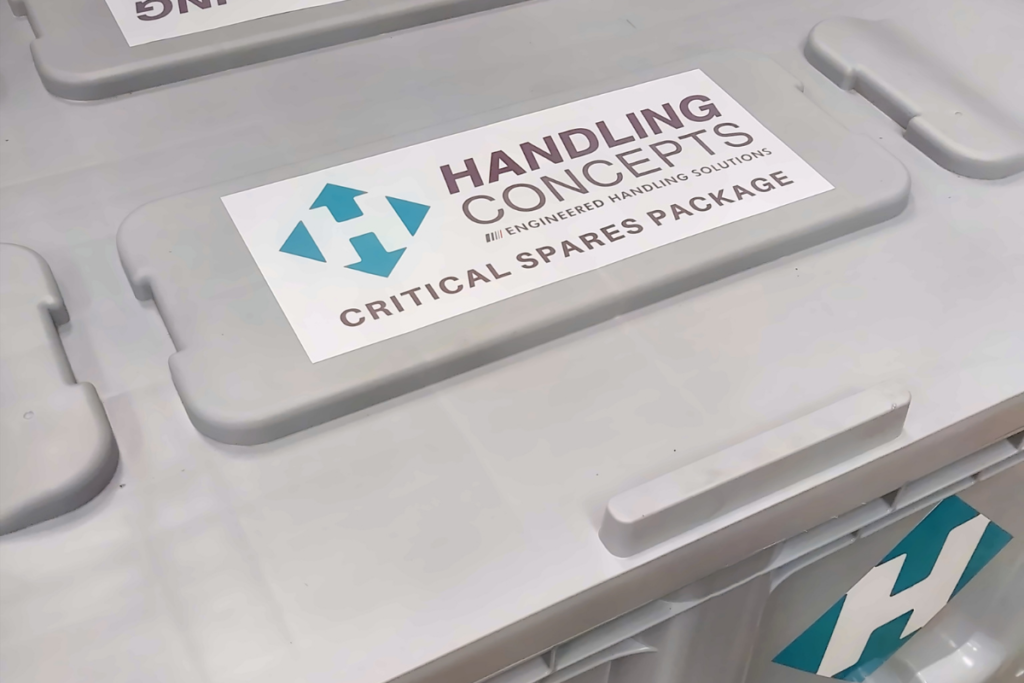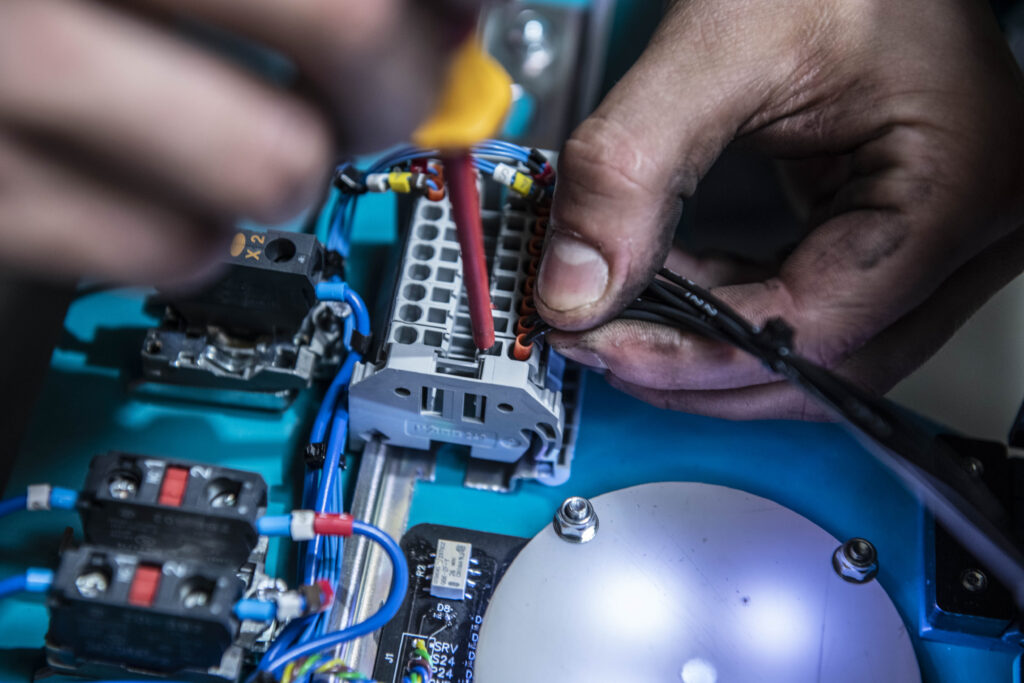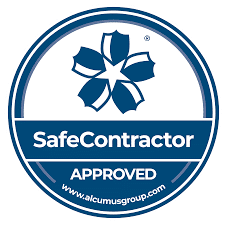What is the difference between LOLER and PUWER?
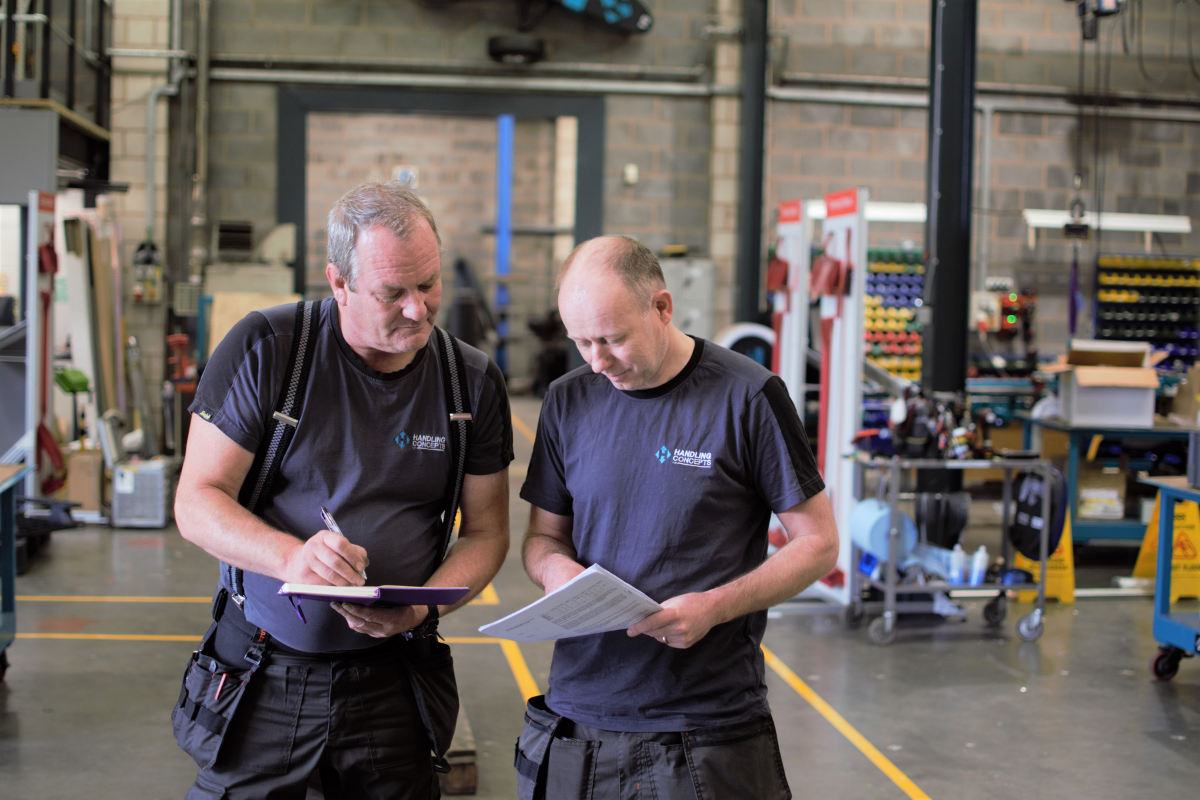
LOLER and PUWER are two pieces of health and safety legislation. They are often referred to together, which can be confusing, but they are separate, and you may need to comply with both.
In this blog, your questions will be answered as Handling Concepts takes a deeper a look at the different requirements of LOLER and PUWER.
What is LOLER?
Lifting Operations and Lifting Equipment Regulations 1998 (LOLER), relates to all lifting equipment and the regulations legislate how a company must comply in order to meet its responsibilities for maintaining and using lifting equipment and that the equipment is supervised by properly trained individuals to ensure safety.
All lifting equipment must be fit for purpose in line with LOLER. It must be thoroughly examined to determine if it meets the standards set by LOLER and these examinations must be recorded.
What is PUWER?
Provision and Use of Work Equipment Regulations 1998 (PUWER) relates to the use of work equipment and such equipment can be lifting equipment. The legislation places responsibility on businesses who employ people who use work equipment and people that operate or have control of work equipment.
As stated by HSE, PUWER requires that equipment provided for use at work is:
- Suitable for the intended use
- Safe for use, maintained in a safe condition and inspected to ensure it is correctly installed and does not subsequently deteriorate
- Used only by people who have received adequate information, instruction, and training
- Accompanied by suitable health and safety measures, such as protective devices and controls. These will normally include guarding, emergency stop devices, adequate means of isolation from sources of energy, clearly visible markings, and warning devices
- Used in accordance with specific requirements for mobile work equipment and power presses
These regulations are intended to keep people safe and clearly state who is responsible for maintaining safety standards.
Do you need to comply with both LOLER and PUWER?
LOLER and PUWER legislation is often referred to together because it can overlap. Both sets of regulations apply to workplace equipment, and place duties and requirements on the inspection and installation of equipment.
However, LOLER only applies to lifting equipment. PUWER applies to all equipment.
It is important to remember that lifting equipment is still work equipment, so both LOLER and PUWER apply.
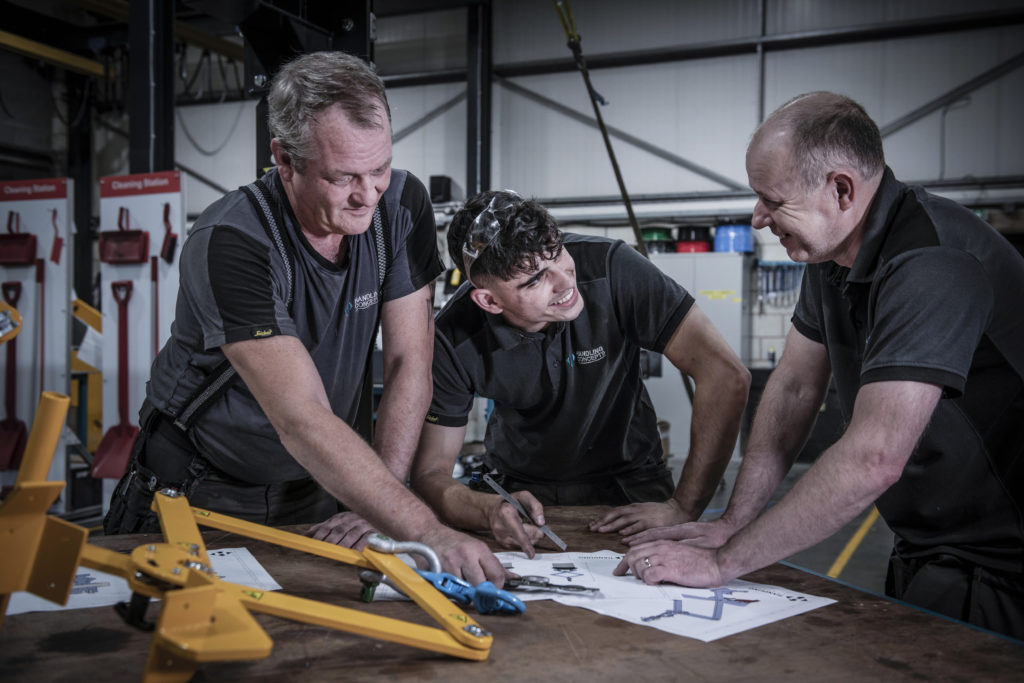
What is the difference between LOLER and PUWER?
You may believe that if you are complying with PUWER legislation that covers inspections, installations, maintenance, and suitability of work equipment, you may not be required to show that you comply with LOLER.
However, LOLER includes extra requirements specifically relating to lifting equipment. Here are some of the key differences to be aware of:
Markings
To comply with LOLER and PUWER legislation, work equipment must carry clear marking and labelling to ensure that all people using it are provided with adequate and clear health and safety information. This will include, where necessary, written instructions on how to use the device and any relevant restrictions or warnings clearly marked. For example, all equipment should be clearly labelled with the manufacturer’s details and have appropriate conformity markings such as a CE marking.
LOLER legislation has additional marking requirements, and it specifies that your lifting equipment is required to have specific markings that show the safe working load of the equipment.
Read more about the Marking of Lifting Equipment regulation.
Stability
All equipment requires stability to avoid movement and potentially cause injury during use and operation.
Lifting equipment must be stable and of adequate strength to carry the load, part of the load, or anything attached to it.
Learn more about regulation 4: Strength and Stability.
Inspections
PUWER and LOLER examinations are very similar. Both require inspections upon installation, prior to being put into service for the first time, and after assembly at a new site or in a new location.
PUWER requires inspections to be carried out at “suitable intervals”, which are not specific and would usually be determined by a customer risk assessment or in-house policy.
LOLER requirements are more specific and dictate maximum time frames between thorough examinations that must be adhered to and complied with.
Find out more about Thorough Examinations and Inspections.
Remove the Burden of Thorough Examinations
Ultimately, there is little difference between the requirements of PUWER and LOLER legislation. LOLER expands on the requirements of PUWER, to make them more specific to lifting equipment and more cognisant of the additional likely risk to safety.
Whilst materials handling equipment is well made and of high-quality, workplace machinery requires regular inspections and sometimes replacement parts and repair. With Handling Concepts, you can benefit from a comprehensive service plan that includes thorough LOLER inspections of all your lifting equipment, even those not provided by Handling Concepts.
You can remove the burden of maintaining your handling equipment by relying on Handling Concepts’ highly trained and experienced engineers. Click the link below to learn more about the service plans available to you.

